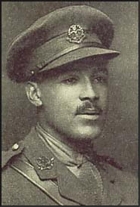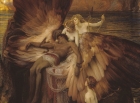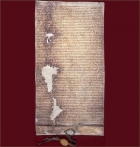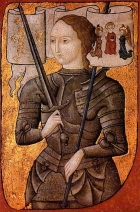Transition KS2-KS3
This section contains examples of projects and advice on securing continuity and progression across the primary-secondary divide. This is the responsibility of both primary and secondary school history teachers. Pupils need to be ready, by the end of Year 6, for history in Year 7, and courses for Year 7 need to build properly on the primary experience. This is extremely challenging because secondary school history teachers have and to take into account (currently very diverse) primary school starting points. Read more
Sort by:
Date (Newest first) | Title A-Z
Show:
All |
Articles |
Podcasts |
Multipage Articles
-

History in England’s primary schools: What do secondary history teachers need to know?
ArticleClick to view -

Walter Tull: Sport, War and Challenging Adversity
ArticleClick to view -

Of the many significant things that have ever happened, what should we teach?
ArticleClick to view -

Bringing together students from Bradford and Peshawar
ArticleClick to view -

Using Folktales, Myths and Legends
ArticleClick to view -

Cunning Plan 155: interpreting WW1 events
ArticleClick to view -

Year 7 explore the story of a London street
ArticleClick to view -

Time and chronology: conjoined twins or distant cousins?
ArticleClick to view -

Key Stage 2-3 History Transition Project
ArticleClick to view -

Joan of Arc - Saint, Witch or Warrior?
ArticleClick to view -

Nutshell 121
ArticleClick to view -

It's like they've gone up a year!' Gauging the impact of a history transition unit on teachers of primary and secondary
ArticleClick to view -

Working with Boudicca texts - contemporary, juvenile and scholarly
ArticleClick to view -

Learning to love history: preparation of non-specialist primary teachers to teach history
ArticleClick to view -

Telling and suggesting in the Conwy Valley
ArticleClick to view -

The Evacuee Letter Exchange Project: using audience-centred writing to improve progression from Key Stage 2 to Key Stage 3
ArticleClick to view -

Chata in a Nutshell
ArticleClick to view

